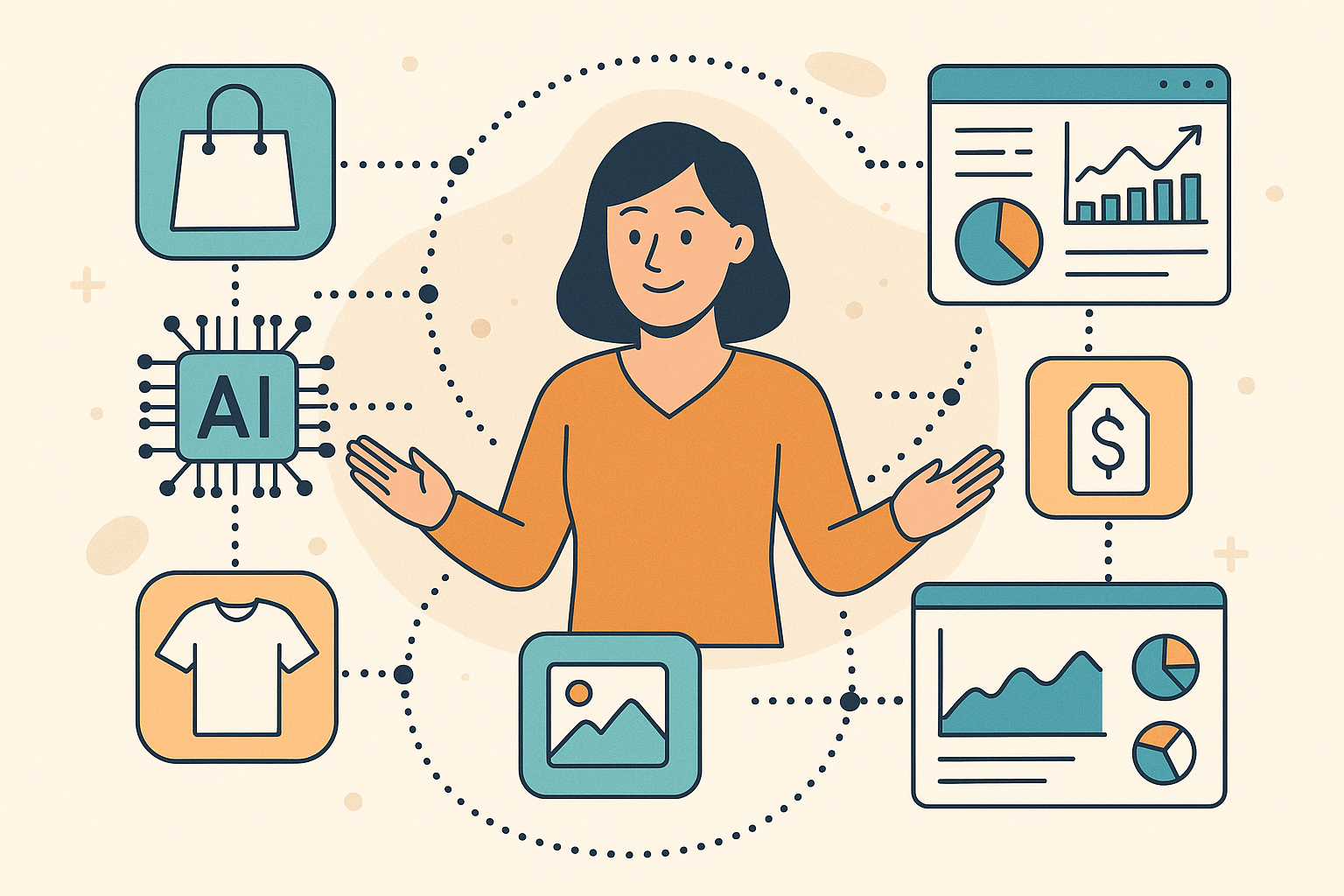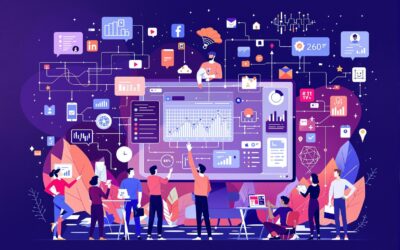I recently had an interesting conversation with a client who voiced a concern I’m hearing more and more often: “How do I know if the creative work I’m buying comes from a human, or if it’s been heavily influenced—or even entirely produced—by AI?” Is using AI in creative work wrong? In today’s blurred digital landscape, where the boundaries between human and machine creativity are vanishing fast, I think it’s time we pause and ask this question honestly.
The AI-Human Creative Blend: Today’s Normal
Having spent years leading digital transformation projects for global brands, I’ve seen firsthand how creative processes have evolved. Tools powered by AI now touch almost every stage of content creation—from brainstorming concepts and generating copy, to imagery and campaign optimization. Whether you’re working with a boutique studio, a large agency, or a consultancy, chances are high that some form of AI is in the mix. In fact, many boutique agencies are being absorbed into larger networks precisely for their AI expertise, creating hybrid teams where human and machine ingenuity are woven together.
Why the Lines Are Blurring
The shift isn’t just about efficiency or cost. AI brings new possibilities:
- Speed: Campaigns that once took weeks now launch in days.
- Scale: Personalization at a level humans alone could never manage.
- Insights: Machine learning uncovers audience trends and creative angles we might miss.
Yet, the best agencies and consultancies know that while AI can generate concepts, structure data, and handle repetition, it’s still human intuition and brand understanding that make creative work resonate.
Does It Really Matter?
Here’s where I challenge both my clients—and myself. If a creative idea grabs your audience, drives engagement, and achieves your business goals, does it matter whether it was sparked by a copywriter in a café, an AI model trained on millions of data points, or (more likely) a collaboration between both?
What matters most is:
- Brand Authenticity: Does the content reflect your brand’s values and tone?
- Quality and Impact: Does it connect, persuade, and deliver results?
- Transparency and Trust: Are you clear with stakeholders about your creative process?
From a marketing ROI perspective, the source of creativity is less important than the outcome. In my own project work—whether developing AI-powered marketing solutions for Shiseido or delivering omnichannel experiences for global retailers—the best results have come from teams that blend human creativity with AI’s power to scale and optimize.
A Fresh Perspective for Brands
My advice? Embrace the blend. When meeting with agencies or consultancies, ask how they use AI, not if. The right partner will be transparent about their process and demonstrate how technology and talent combine to deliver unique value. The real risk isn’t using too much AI, but not using it smartly enough—or, worse, losing the authentic voice that makes your brand unique.
So, does it matter if creative content is human, AI-assisted, or fully AI-generated? Only if it stops serving your audience, dilutes your message, or erodes trust. Otherwise, welcome to the new era of creativity—one where human and artificial intelligence are partners, not competitors.
If you’re wrestling with this question in your own business, or want to explore how to get the best of both worlds, contact me—I’m always happy to share practical insights from the trenches of digital transformation.




